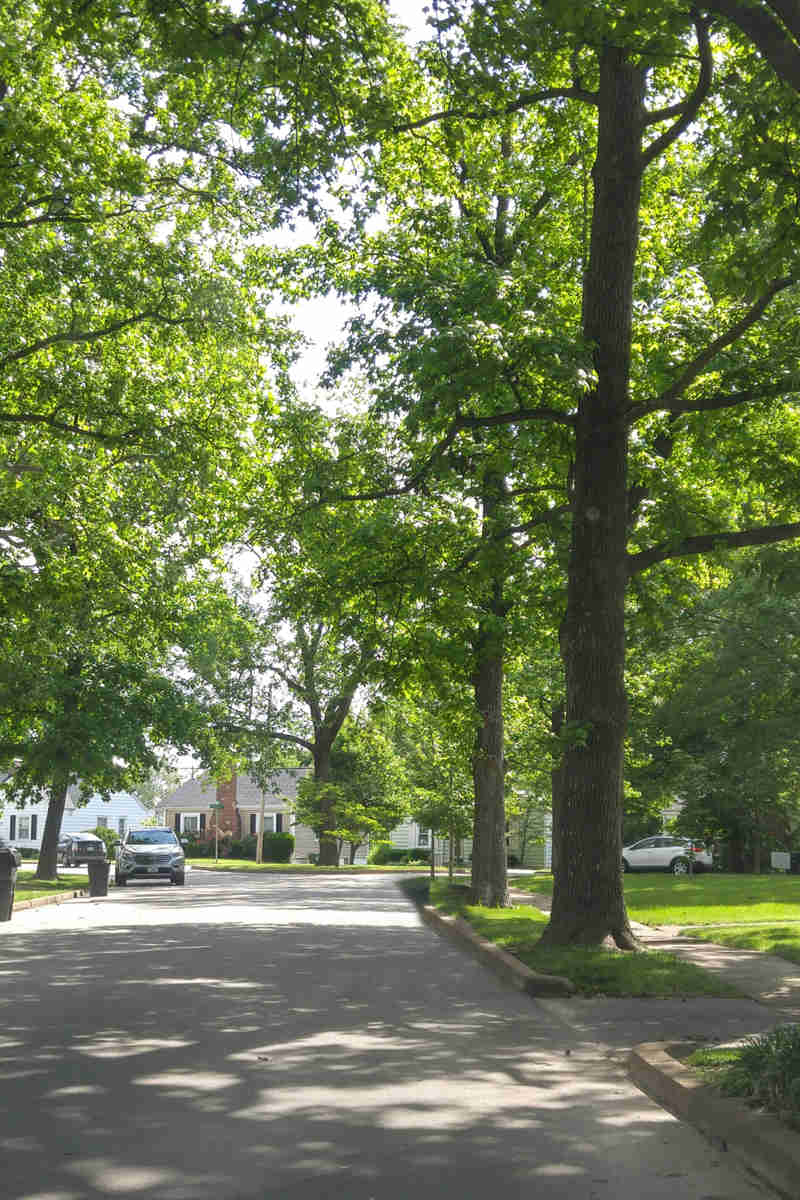Planting a new tree or shrub in your Massachusetts landscape can be a great feeling.
You are improving a landscape bed and may be thrilled to see how this new addition will add a boost of color and interesting texture to your space. You might even be excited to learn that your new plant is going to elevate your home value and curb appeal.
Once you plant it properly, you might even become impatient, eager for it to grow and offer all its glorious blooms, greenery, and positive impacts.
But in order for your tree or shrub to provide you with all these amazing benefits, you need to take care of it properly.
Let’s talk about how to care for newly planted shrubs and how to care for newly planted trees so you can give them great beginnings so they deliver positive impacts.
Newly Planted Tree & Shrub Care
Let’s go through each area of tree and shrub care so you can better understand what you need to do to get the healthiest and best looking trees and shrubs on the block.
Mulching Newly Planted Trees & Shrubs
Mulch is one of those additions after you plant a tree or shrub that offers tons of benefits in one package.
Mulch helps your plant retain moisture. It also maintains even soil moisture, while keeping those pesky weeds at bay.
Use organic, shredded, hardwood mulch. Apply 2 to 3 inches of mulch around your plant’s drip zone, which is defined by the width of the shrub or the tree’s crown. Make sure mulch is approximately 1 to 2 inches away from tree trunks to ensure good air circulation and prevent the bark on the trunk from being continually moist.
While the right amount of mulch is a good thing, you never want to add too much. Tree mulching known as volcano mulching is when you pile mulch up too close to your tree trunk, and this can cause the bark to rot and lead to trunk diseases and insect infestations.
Young Tree Pruning and Shrub Trimming
It’s very important to prune young trees and shrubs properly in order to grow structurally strong plants.
While having many strong branches is great, it’s always best for a tree to have a main leader so it can maintain a strong, stable structure. This tree pruning ensures your certified arborist eliminates competing branches so the leader can grow.
Tree and shrub pruning can be done to eliminate any dead branches or branches that cross and rub on each other.
You never want to remove 15% of the canopy of a plant at any one time. Consulting a certified arborist on proper pruning can help you prevent making improper cuts.
Fertilizing Newly Planted Trees & Shrubs
When should you fertilize newly planted trees and shrubs? To keep your trees and shrubs nourished, tree fertilization and shrub fertilization should happen annually.
You should also make sure to use a slow-release fertilizer so nutrients can be distributed evenly over time – no matter when they are applied. Spring or fall are ideal times for this application.
Watering Newly Planted Trees & Shrubs
Moisture is essential for new plants.
Start by taking care of tree and shrub watering every other day during the first two weeks. Then, water new trees and shrubs once weekly during the first year.
Remember to pay attention to rainfall as well, making sure your soil is draining and drying in between watering to prevent waterlogged soil which is not good for roots.
How often to water newly planted trees and shrubs during drought periods is also important. If it’s extra hot or dry, water twice weekly during that first year.
Monitoring Early Tree and Shrub Health Signs
As your tree or shrub grows, make sure you look for any red flags as you care for it. Here are a few common ones to spot:
- Discoloration – If you notice yellow or brown leaves on your plant during any season other than fall, or notice black or white spots, this could be a sign of a problem.
- Leaf drop or wilt – You shouldn’t see early leaf drop or wilt in spring or summer. This might appear as scorched, curling, or drooping leaves.
- Dieback of twigs and branches – Keep an eye out for individual branches in your trees or shrubs that have dead leaves.
- Peeling bark – Pay attention to sections of bark that may be hanging or peeling off the tree.
All these signs could mean something is wrong. How to care for newly planted trees and shrubs also means knowing when to call in an expert. It’s wise to ask a certified arborist for an inspection to ensure you eliminate diseases, insects, or other concerns and can get the right care for your plant.
At Hartney Greymont, we have both ISA and Massachusetts certified arborists located in Needham, Concord, Danvers, Cape Cod, and the surrounding areas to help you take care of newly planted trees and shrubs.



